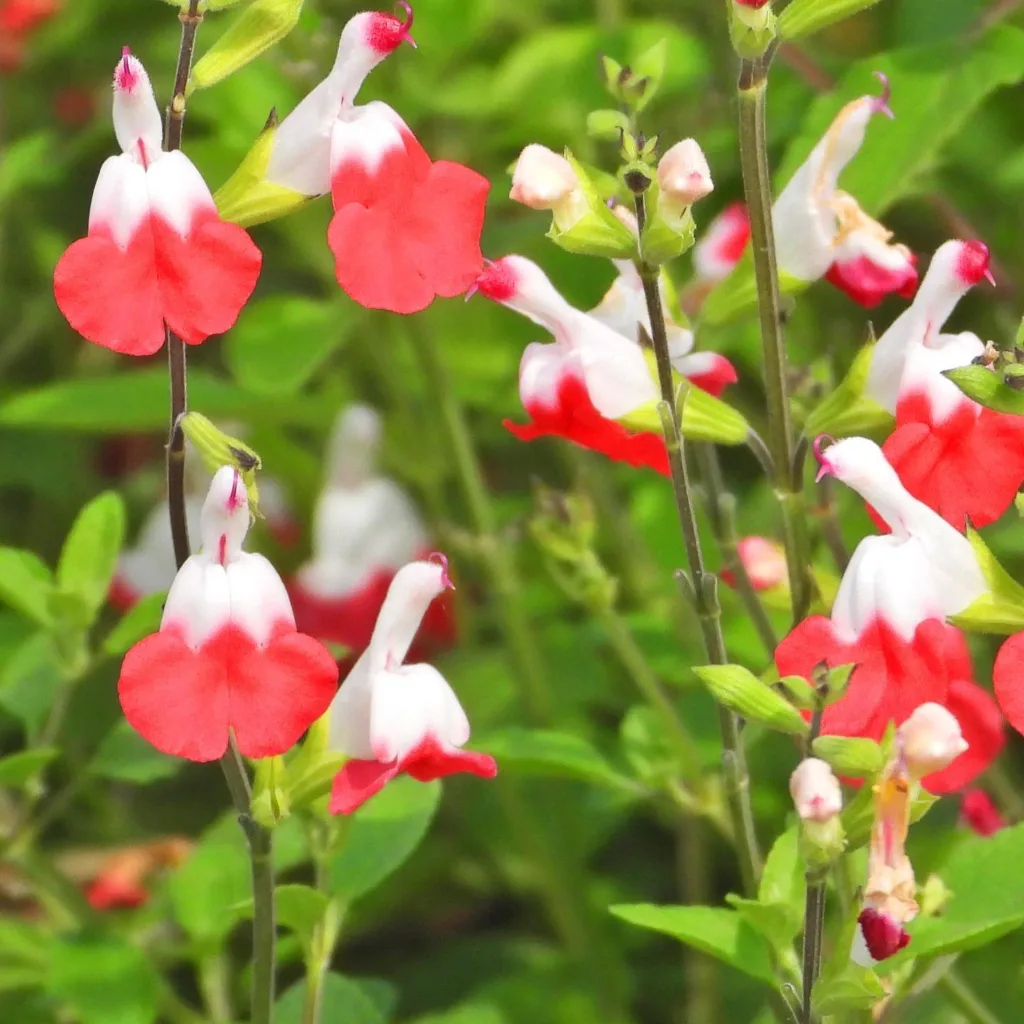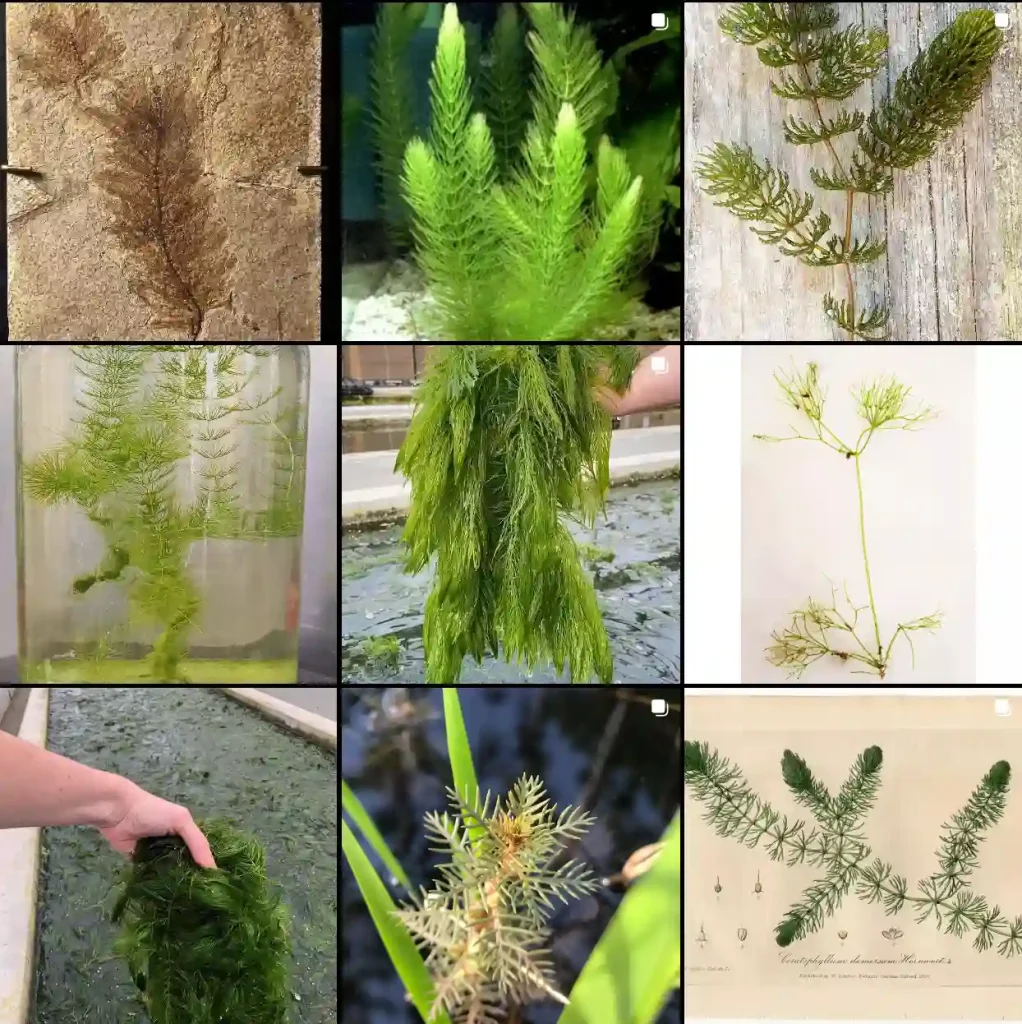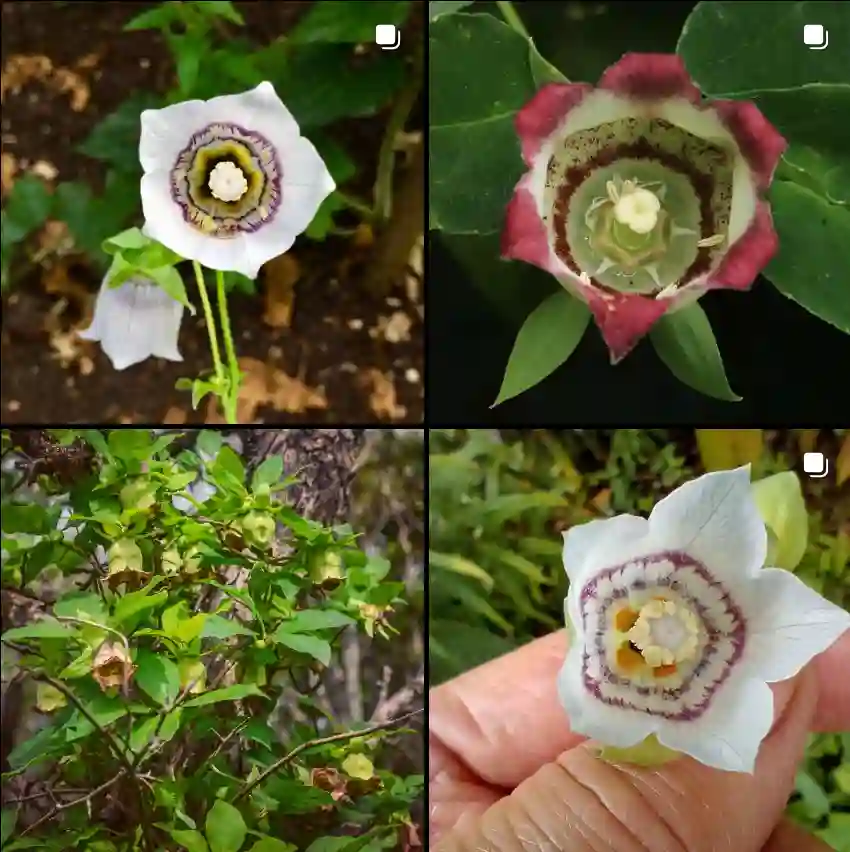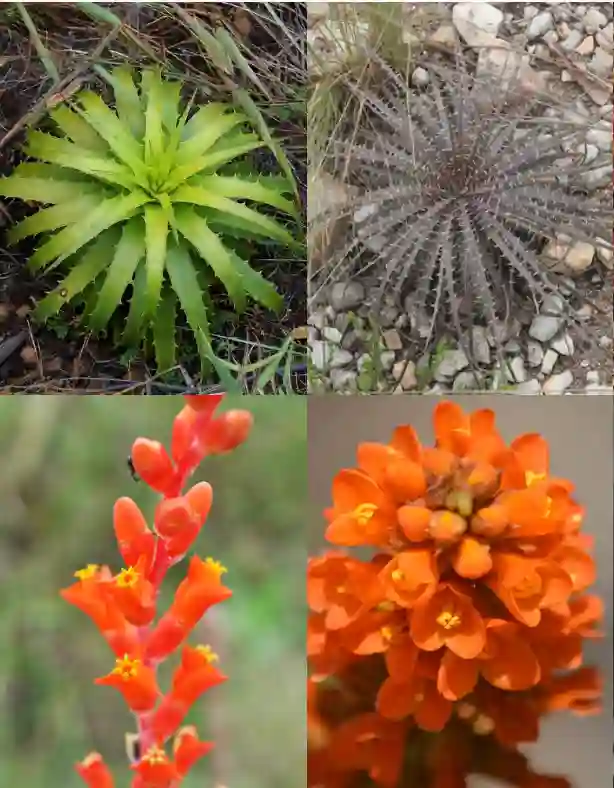Psilotum: A Fern Without Frills
My name is Ferb Vu, and I’ve always been fascinated by the diversity of the plant kingdom. From towering redwoods to delicate orchids, the sheer variety of forms and adaptations never ceases to amaze me. But among all the plants I’ve encountered, the genus Psilotum holds a special place in my heart. These seemingly simple plants belong to the Psilotaceae family, often called whisk ferns, are like living fossils, offering a glimpse into the early evolution of vascular plants.
A Primitive Beauty
Psilotum species are characterized by their minimalist morphology. They lack true roots and leaves, instead consisting of green, photosynthetic stems that branch dichotomously. This simplicity, however, is not a sign of inferiority. It’s a testament to their ancient lineage, as Psilotum are believed to be closely related to some of the earliest land plants.
Imagine walking through a lush, tropical forest and stumbling upon a patch of Psilotum growing on a mossy rock. Their slender, upright stems, adorned with tiny, scale-like appendages, create a delicate, almost ethereal appearance. It’s like encountering a plant from another era, a living reminder of the long evolutionary journey that has led to the rich flora we see today.
The Species in Psilotum
The genus Psilotum is small, containing only two or three recognized species, depending on the taxonomic authority. These include:
- Psilotum nudum: This is the most widespread species, found in tropical and subtropical regions around the world. It’s often called the “whisk fern” due to its resemblance to a whisk broom.
- Psilotum complanatum: This species is less common, with a more restricted distribution in Southeast Asia and the Pacific islands. It differs from P. nudum in having flattened stems and a more pendant growth habit.
- Psilotum × intermedium: This is a hybrid between P. nudum and P. complanatum, exhibiting intermediate characteristics.
Adaptations and Ecology
Despite their seemingly simple structure, Psilotum species are remarkably well-adapted to their environments. Their lack of true roots is compensated for by the presence of rhizomes, underground stems that anchor the plant and absorb water and nutrients. The green stems are efficient at photosynthesis, allowing them to thrive in a variety of habitats, from shady forests to exposed rocky outcrops.
Psilotum often grow as epiphytes, attaching themselves to other plants, such as trees, for support. This allows them to access sunlight in dense forests where competition for light is intense. They also form symbiotic relationships with fungi, which colonize their rhizomes and help them obtain nutrients from the soil.
Evolutionary Significance
Psilotum species are of great interest to botanists and evolutionary biologists because they provide clues about the early evolution of vascular plants. Their simple morphology and lack of true roots and leaves suggest that they are closely related to the earliest land plants, which colonized the Earth millions of years ago.
Studies of Psilotum have shed light on the evolution of important plant features, such as vascular tissue, which transports water and nutrients throughout the plant. They have also helped to clarify the relationships between different groups of vascular plants, contributing to our understanding of the plant kingdom’s evolutionary history.
Conclusion
Psilotum, the unassuming whisk ferns, are a testament to the power of simplicity and the enduring legacy of evolution. Their ancient lineage, unique morphology, and remarkable adaptations make them a fascinating subject for study and a source of wonder for anyone who appreciates the diversity of the plant world. As I continue to explore the botanical wonders of our planet, I’m sure that Psilotum will always hold a special place in my heart, reminding me of the long and intricate journey that has shaped the green world around us.
If i die, water my plants!



